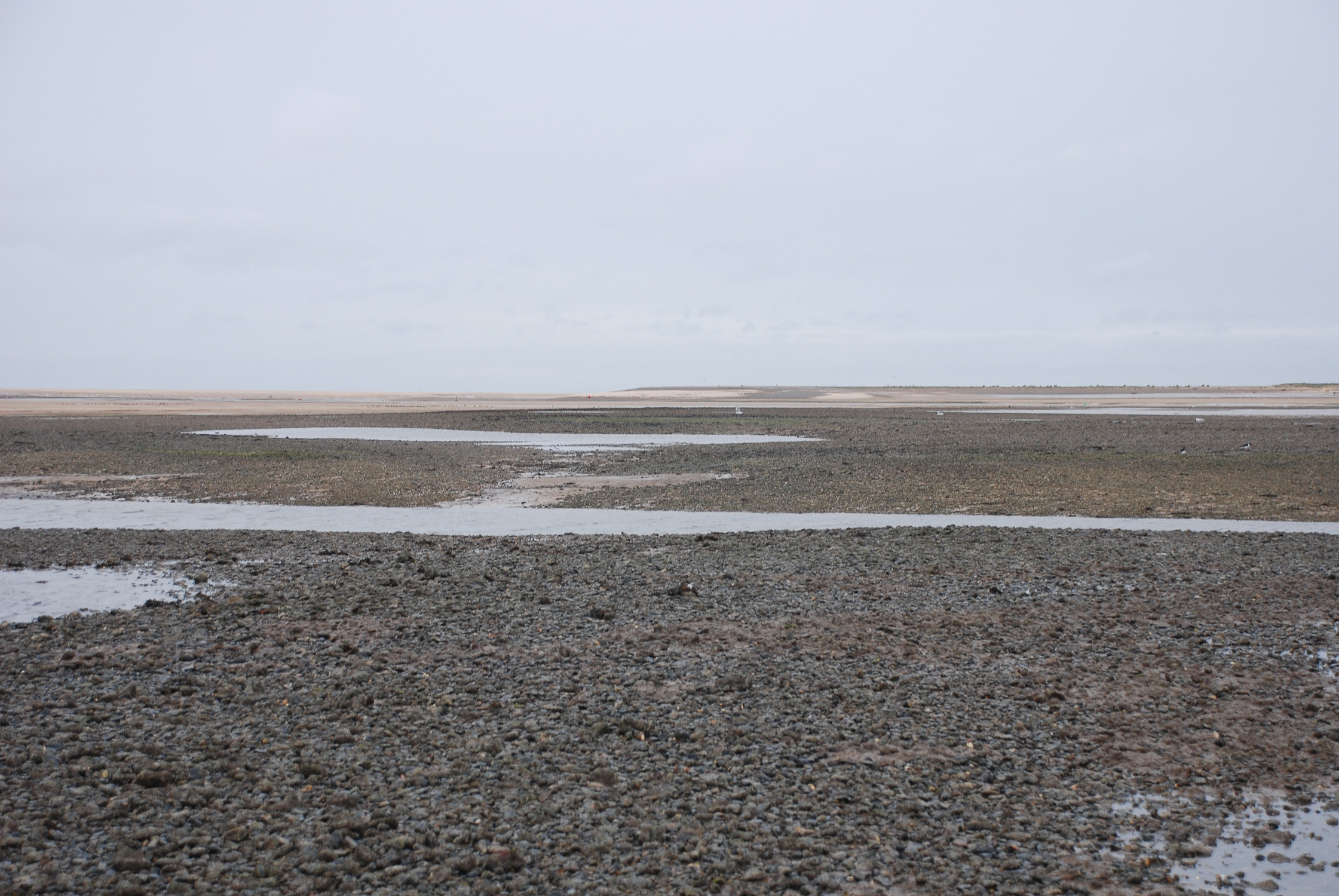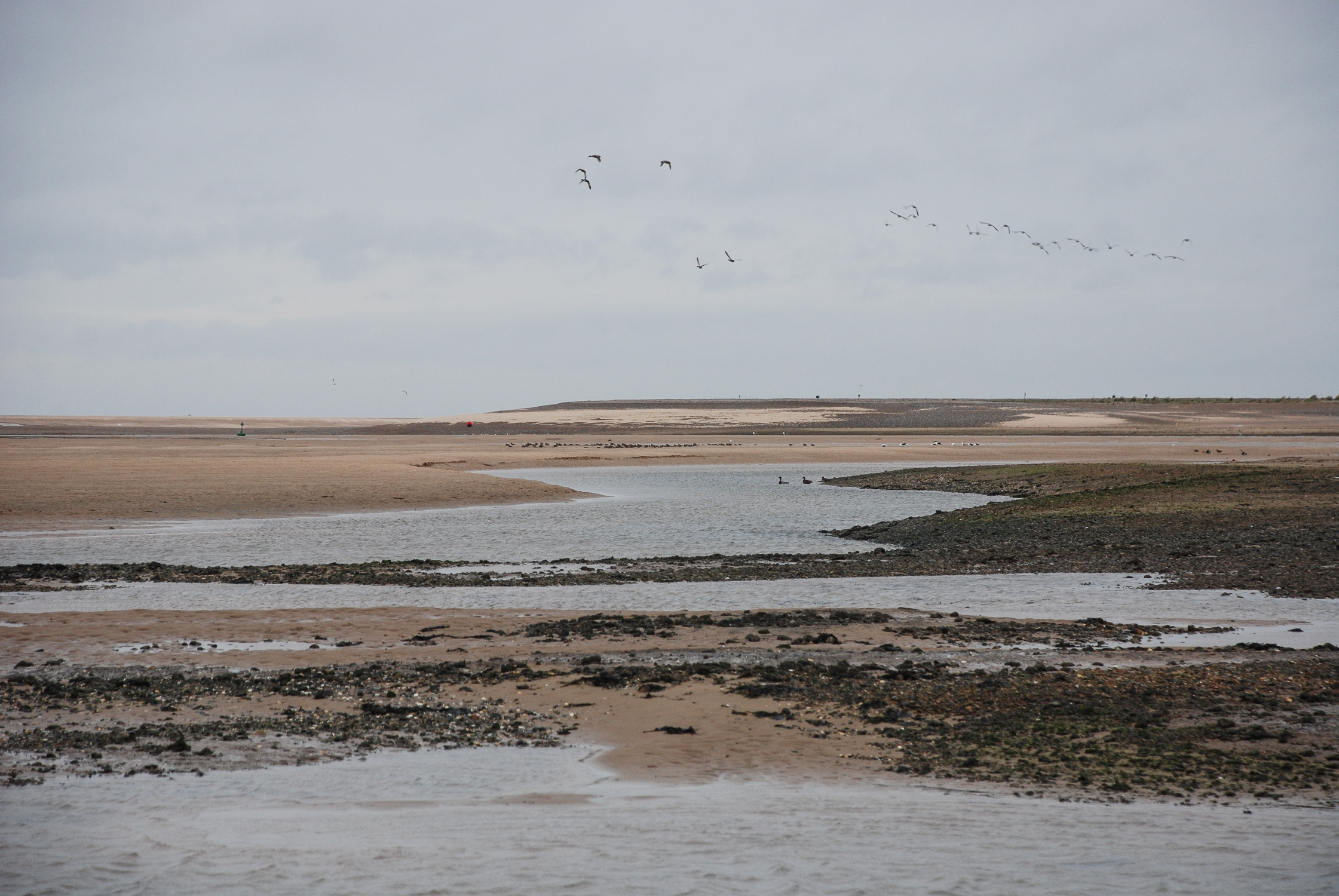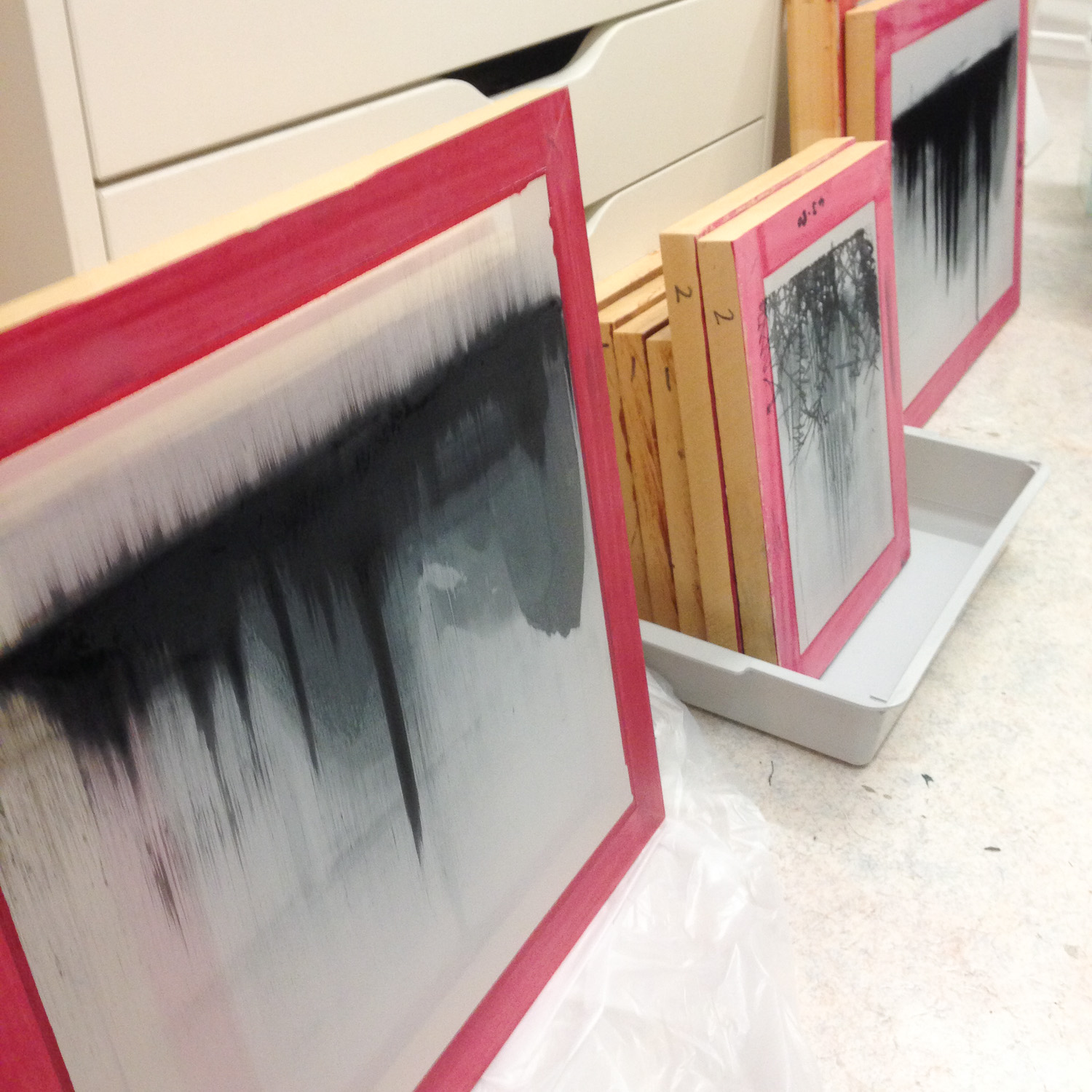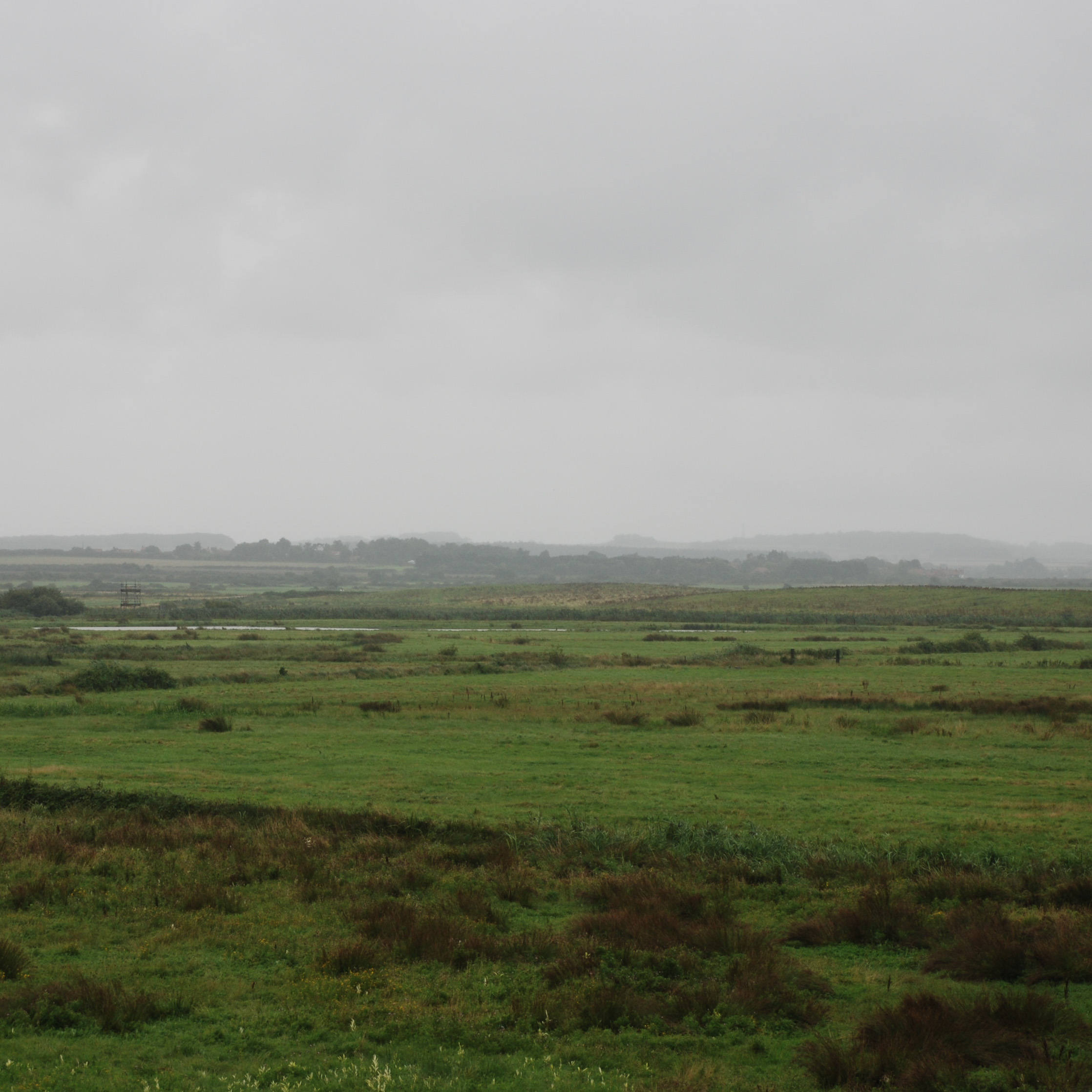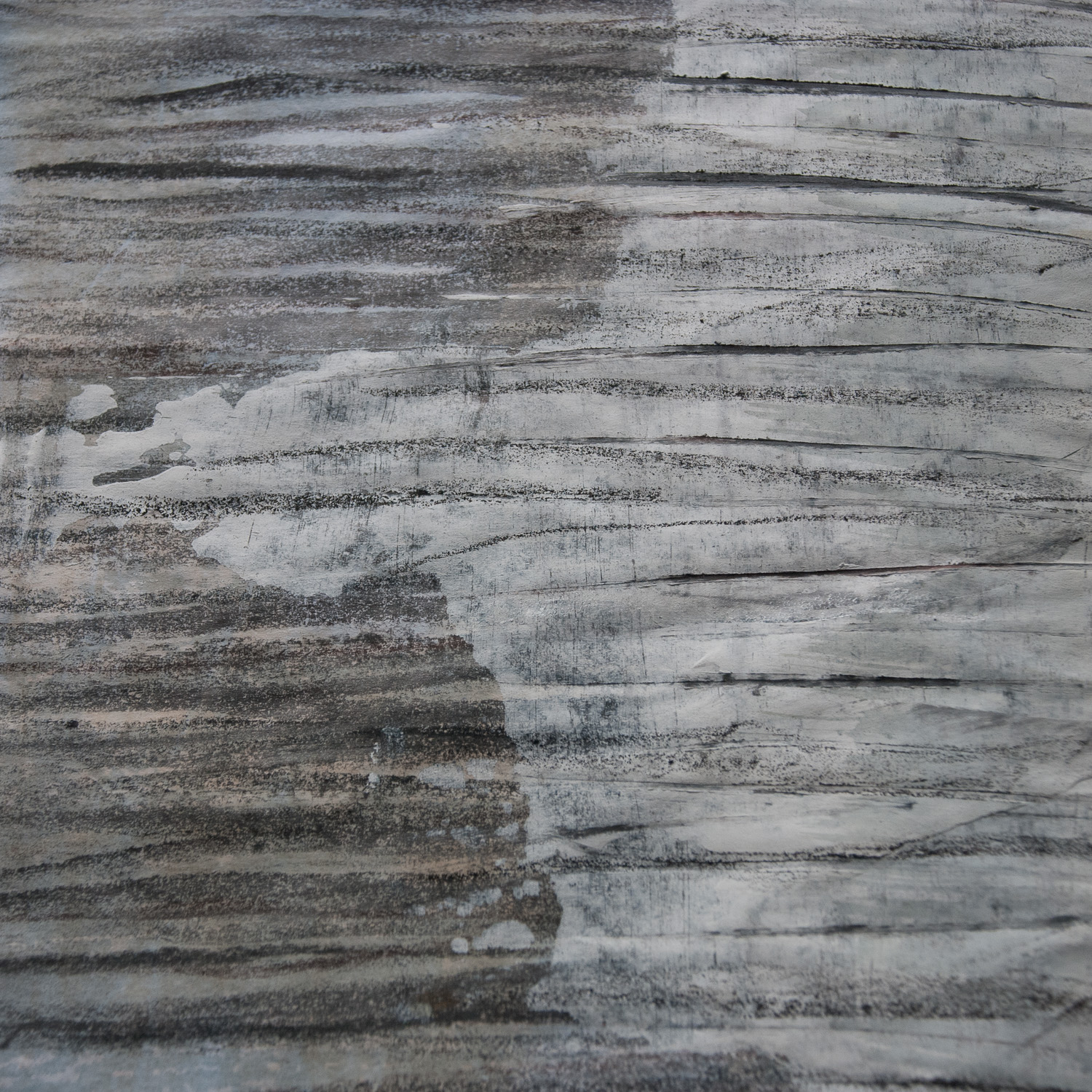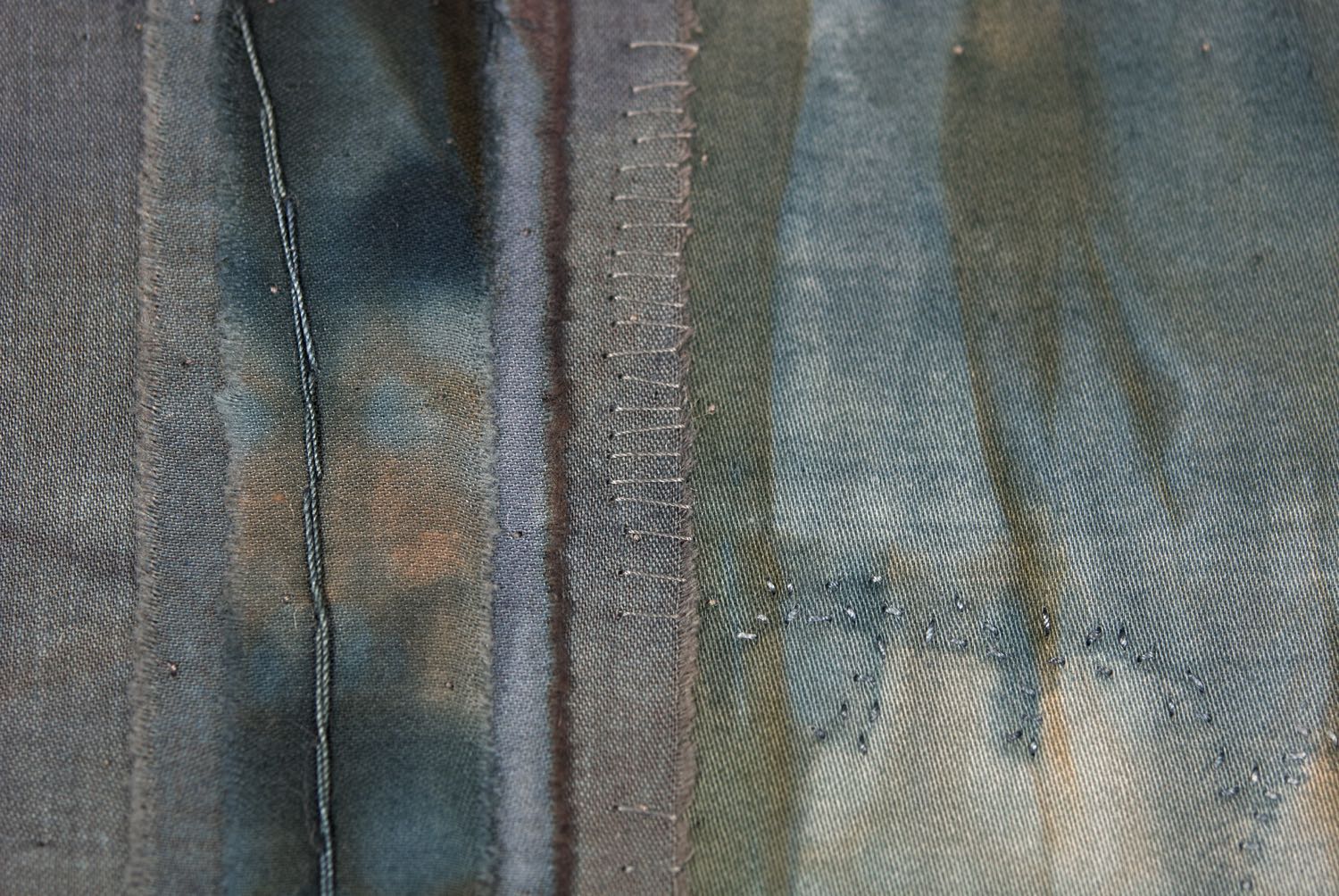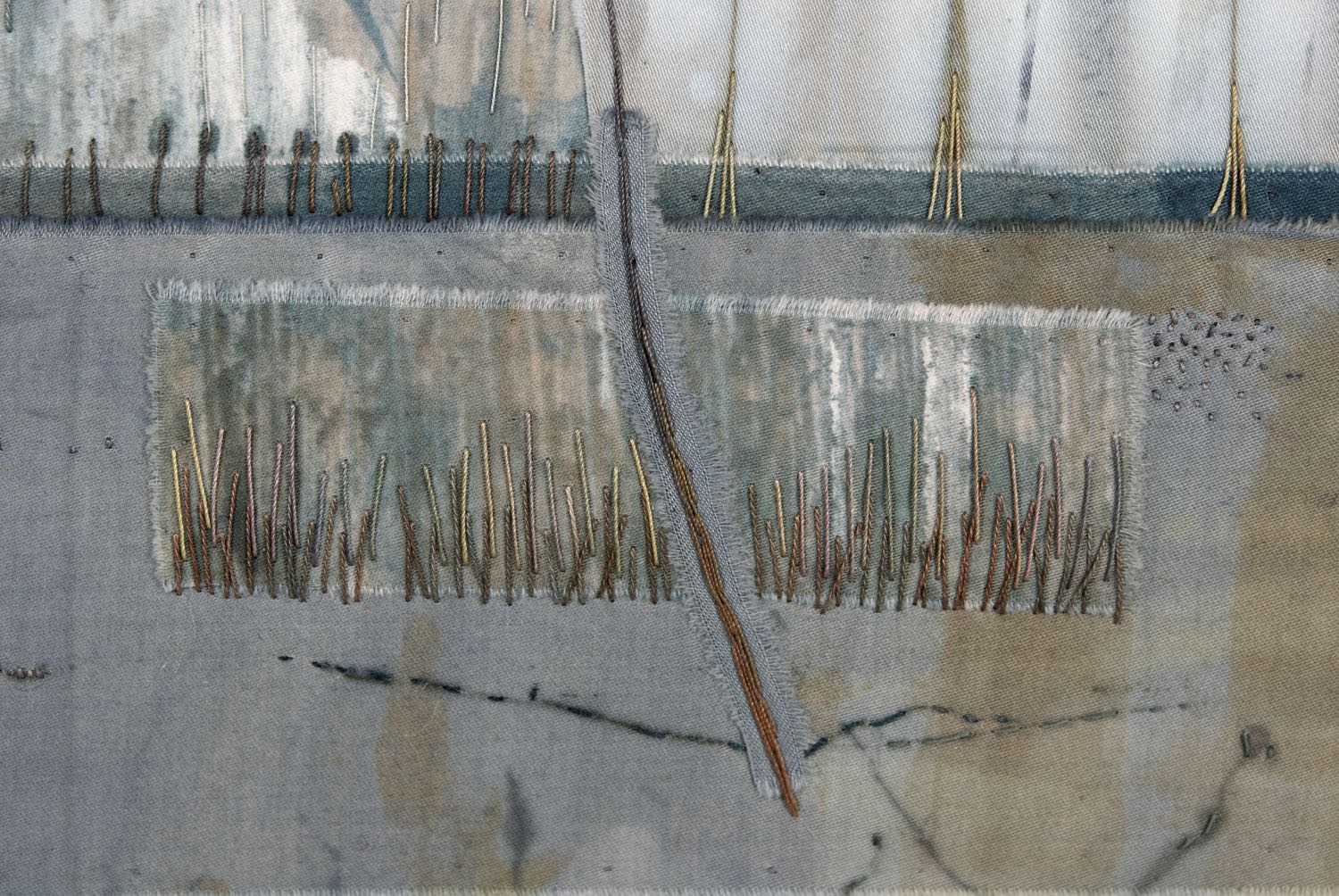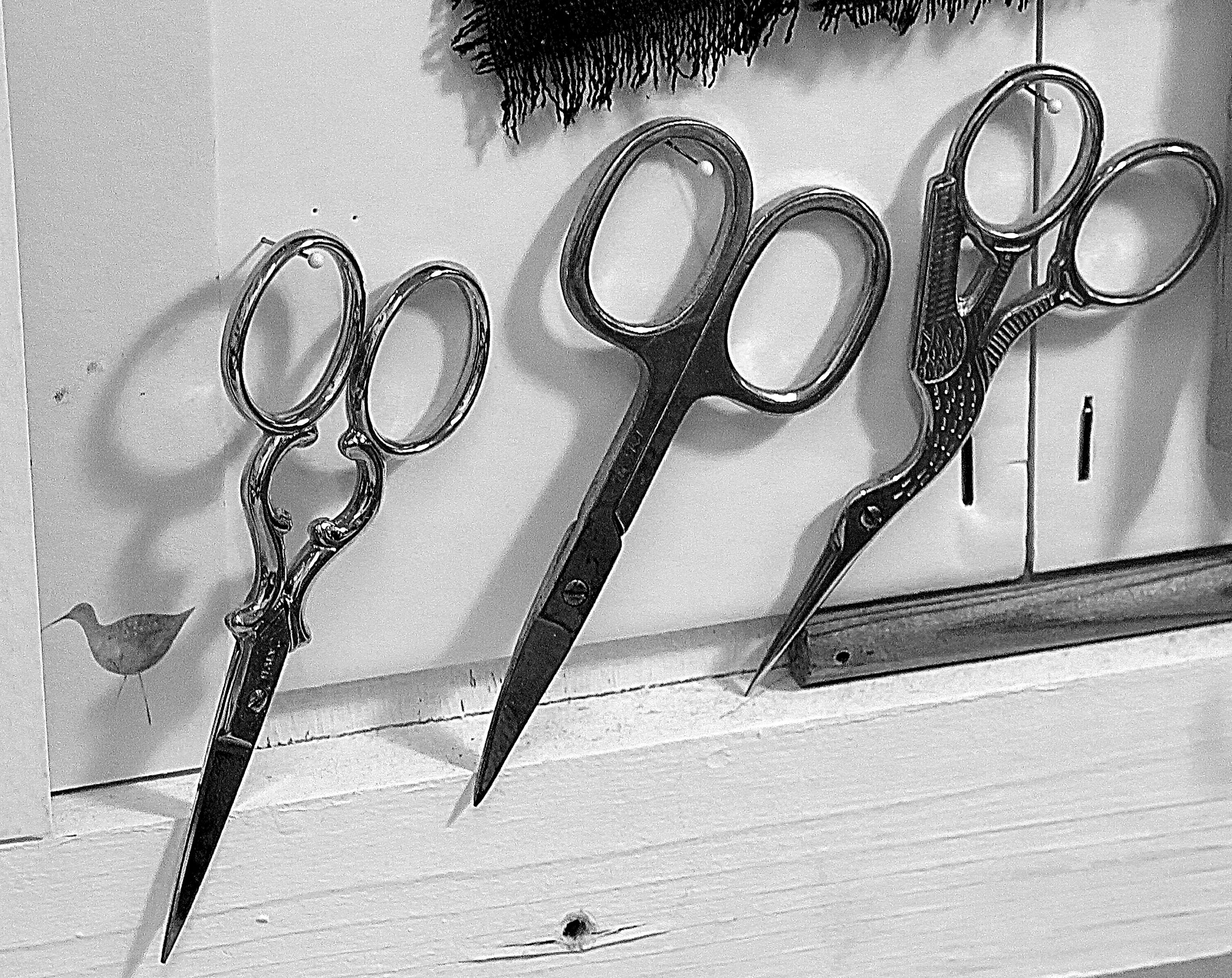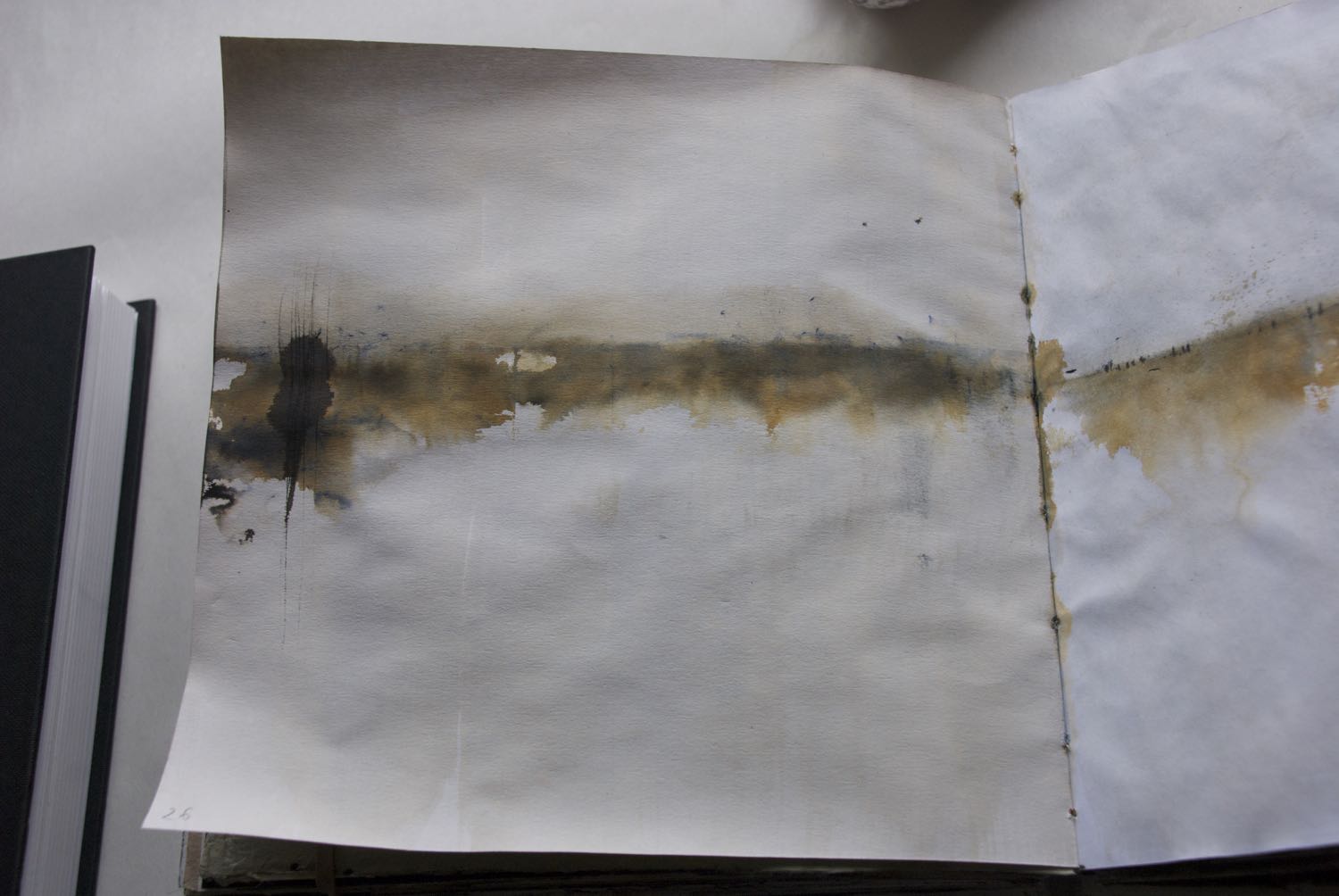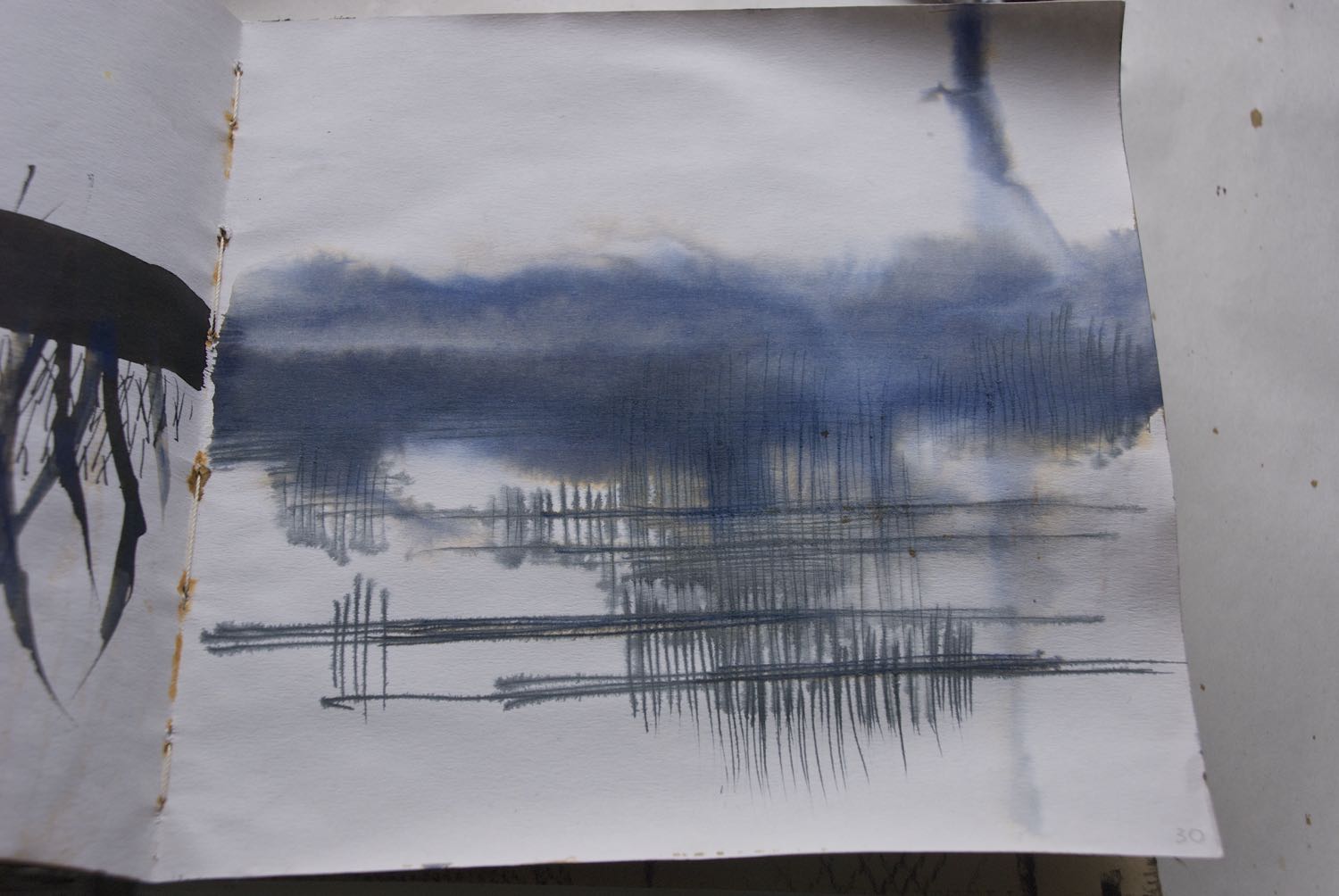A day off from studio work yesterday to deliver work to Bircham Gallery for their Christmas Exhibition. If you are in Norfolk, the exhibition runs from 5 December until 13 January and you can see my work alongside that of several other gallery artists. The above image is of a piece called Transient, which is a favourite of mine.
Of course we could not go all that way without heading out for a walk across the marshes. After some brief sunshine first thing in the morning it was grey and cold with a wind from the north-west, that grew stronger and wetter as the afternoon wore on. We started from Morston and headed west across the marsh along the southern edge of the Blakeney Channel. It was low tide and I love seeing the channel exposed with most of the water drained out of it. There was fresh seaweed and other debris strewn along the edge to remind us that the ground we walked on could be underwater again in a few hours.
But in the meantime there is this bleakly beautiful landscape spread out between the edge of the marsh and Blakeney Point in the distance. Brent geese, curlews, redshanks, gulls pick their way over the surface looking for food. The surface changes between mud, shingle, sand creating changes in colour and texture across the surface. And the creeks reflect the light, silver grey, twisting their way towards the channel.
